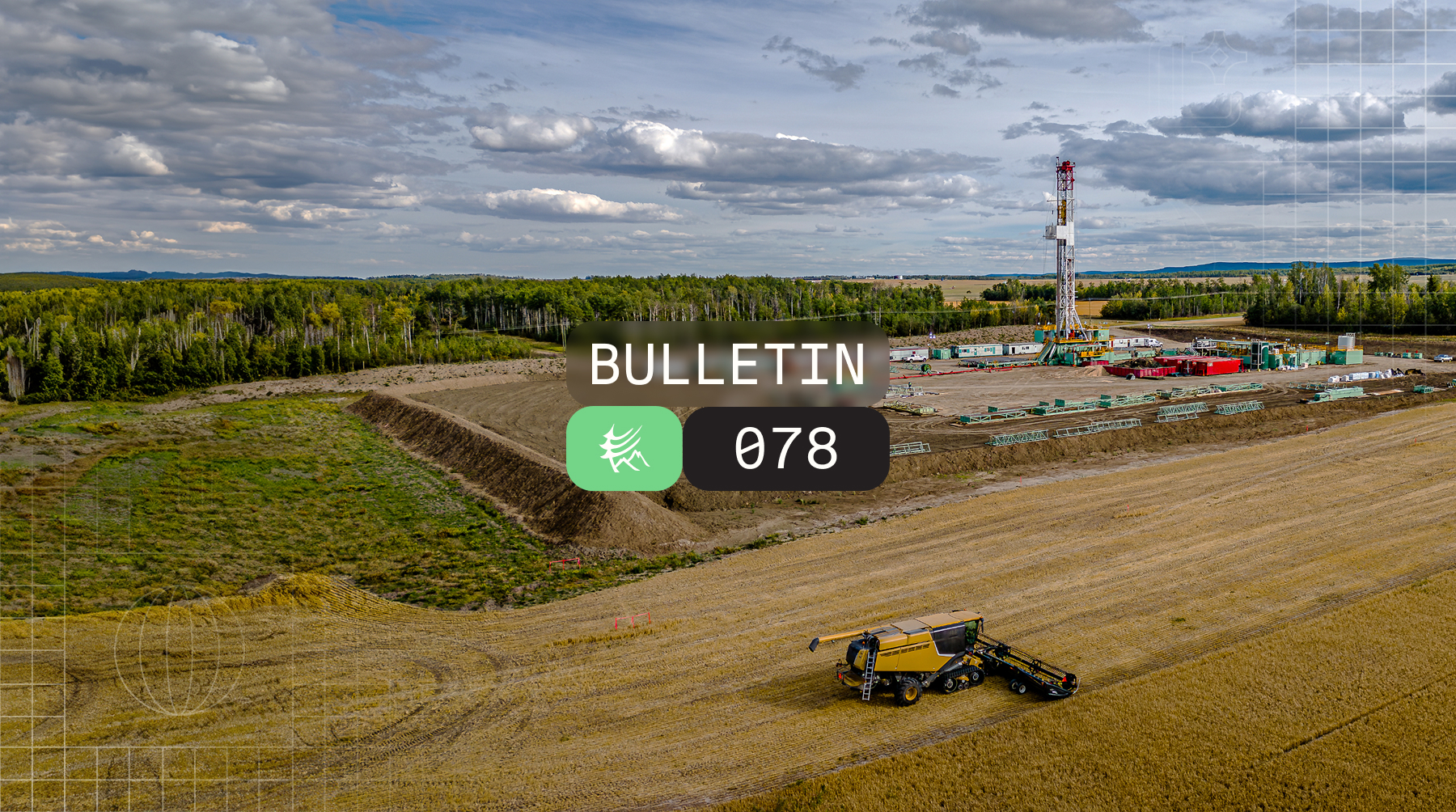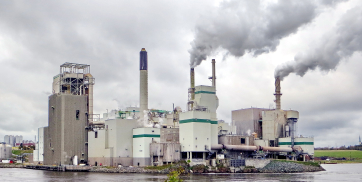In this month’s Research Digest, we catch you up on the latest peer-reviewed research in methane emissions science, including advancements in satellite based analytics, improvements to top-down emissions quantification, a review of emissions policy, and more!
Satellite Quantification of Global Oil and Gas Emissions
22 months of high resolution TROPOMI data is used to quantify methane emissions by production basin, country, and fossil fuel (oil, gas, and coal). Global oil and gas methane emissions are estimated to be 30% higher than reported inventories. The authors assert this discrepancy is mainly due to under-reporting by the United States, Russia, Venezuela, and Turkmenistan. This study reports eight countries with oil and gas methane emission intensities exceeding 5%, with Venezuela, Iraq, and Angola exceeding 20%. The authors suggest that reducing these emission intensities to the global average of 2.4% would remove 11 million metric tonnes of methane emissions each year here.
Wide Spectral Window for Remote Methane Detection
Remote sensing artifacts and background noise in satellite and airborne datasets based on the matched filter approach can complicate plume identification. Matched filter methods typically analyze the 2100-2450 nm spectral window, however, the authors present methods to exploit the entire 1000-2500 nm window. This new technique, combo-MF, is reported by the authors to have better plume detection due to an optimized trade-off between background noise reduction and retrieval artifact attenuation here.
TROPOMI Satellite Minimum Detection Limits
Examination of data shows the TROPOMI sensor can detect methane leaks as low as 500 kg/h/pixel with a single overpass and as low as 50 kg/h/pixel in a yearlong campaign, with optimal conditions. However, less ideal conditions can raise these minimum detection limits as high as 8800 kg/h/pixel and 1200 kg/h/pixel, respectively. In a super-emitter basin, the authors estimate up to 41% of methane emission can be detected in a super-emitter rich basin. The authors note that cloud cover can limit detection and recommend longer campaigns during summer months. They emphasize the importance of updated satellite specific methane policies here.
Modelled Hybrid Satellite-Aircraft LDAR in the Permian
GHGSat deployed two satellites, GHGSat-C1 and GHGSat-C2, and the GHGSat-AV aircraft instrument to collect data from a subset of the Permian basin in 2021. Equivalency modelling was used to compare potential emissions reductions of the GHGSat tiered remote sensing approach to a traditional leak detection and repair (LDAR) program based on ground-based optical gas imaging. The results show that alternative LDAR programs based on GHGSat monitoring can achieve equivalent or better methane reduction performance at reduced costs. The authors suggest expansion of GHGSats satellite constellation could provide coverage for the entire Permian Basin here.
A Protocol for Incorporating Measurement Data into Inventories
Aiming to address the lack of understanding of true emissions in the oil and gas industry and scarcity of direct measurements in official inventories, aerial surveys are used to create a hybrid, measurement informed inventory for upstream oil and gas assets in British Columbia, Canada. The protocol considers factors such as sample size, finite population effects, and measurement uncertainties. This protocol is described as applicable to other jurisdictions and measurement technologies, and can help minimize uncertainty in derived inventories through optimal survey design and trade-offs in measurement technology sensitivity. The authors emphasize the importance of incorporating direct measurements into official estimates., both top-down and bottom-up, here.
Tower Based Continuous Monitoring in Delaware and Marcellus Basins
Results from tower based observing networks are analyzed to estimate a gas production normalized loss rate of 2.5-3.5% in the Delaware region of the Permian basin (2020-2022), and 0.3-0.45% in the Marcellus basin (2015-2016). However, inventory based calculations are found to underestimate emissions by a factor of 3 in the Marcellus basin. The authors state that tower-based observational networks provide robust and long-term quantification of emissions, recommending that their expansion to other basins. They recommend the co-development of satellite and tower-based monitoring for robust understanding of oil and gas emissions here.
Review Finds Over 80% of Global Methane Emissions Have no Mitigation Policy
Existing methane policies are systematically examined across energy, waste, and agriculture sectors. The study finds significant gaps and blind spots exist in current mitigation policies, with variation across sectors and regions. The authors recommend that accurate identification and quantification of sources, increased policy coverage and stringency, and better enforcement are necessary for significant reductions here.
Prioritization of Abandoned Well Plugging
The environmental risks and opportunities associated with abandoned oil and gas wells in the United States is analyzed. Plugging costs for the known abandoned wells are estimated to exceed federal funding by 30-80%. With 91% of orphaned wells overlaying formations suitable for carbon storage, the authors state the importance of prioritizing wells with large remediation benefits, and recommend that plugging wells can create opportunity for geologic storage of carbon dioxide and hydrogen, as well as geothermal energy development here.
New Gridded Dataset for 2012-2018 Methane Emissions
The first time series of gridded greenhouse gas emissions inventory is compiled. This inventory, consistent with national reporting, shows strong regional variability, and can be used for robust comparisons between reported emissions and atmospheric observations. The study shows agriculture is the largest source of methane emissions in the United States, followed by natural gas, and waste management. The authors make this data available here.
Top Down Quantification Systematically Higher than Inventory Estimates in Midstream Operations
Top down measurements are compared with bottom up inventories. For 15 midstream facilities, a combined 43 Gas Mapping LiDAR (Bridger Photonics) and flux plane mass balance (SeekOps) aerial campaigns are compared to operator estimated emissions inventories. 93% of the top-down estimates are found to be statistically higher than bottom up, and 81% of top down estimate are more than
double the inventories they are being compared to. The authors state that the reason for this discrepancy is unclear and recommend more extensive on-site identification and measurement here.






